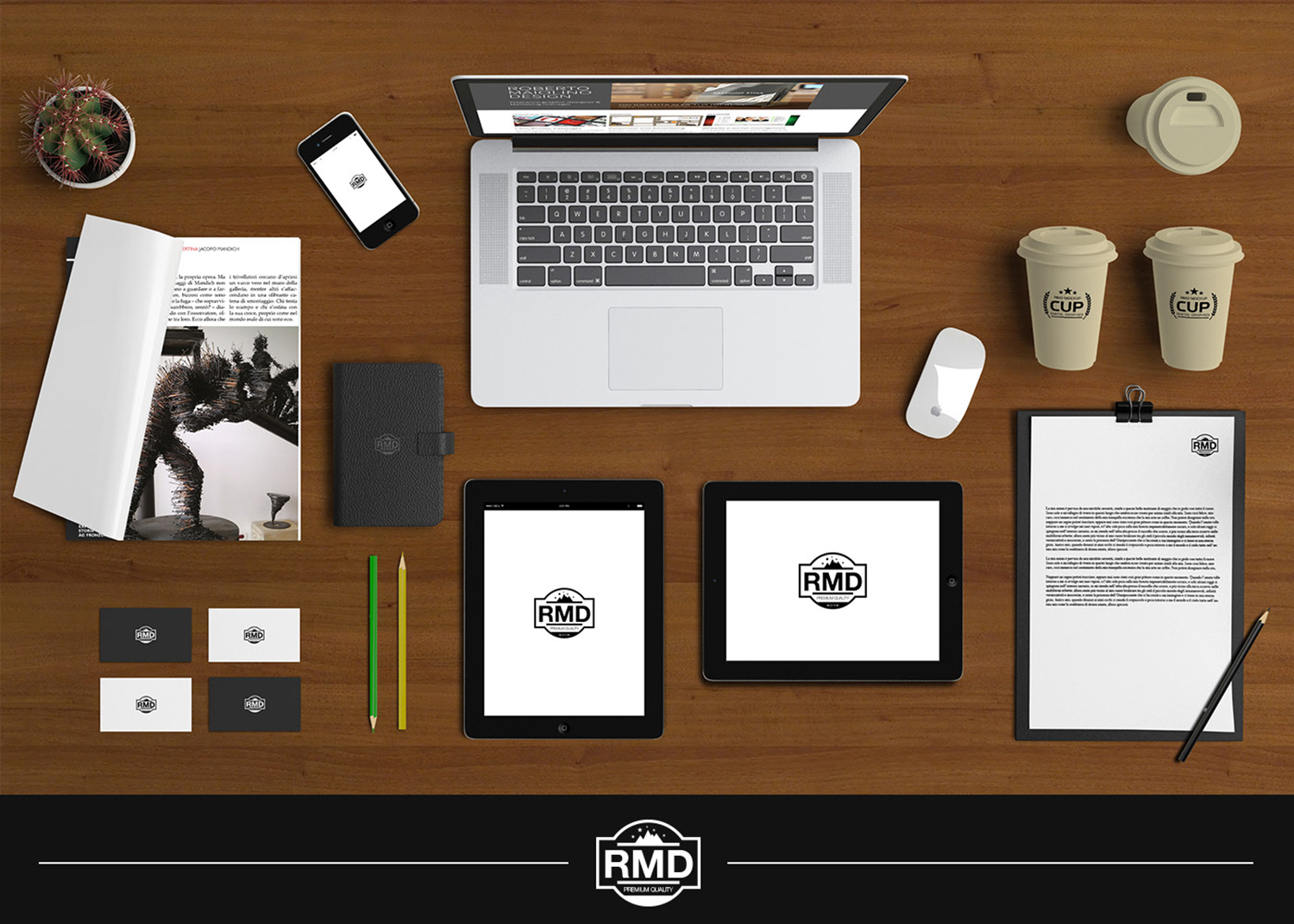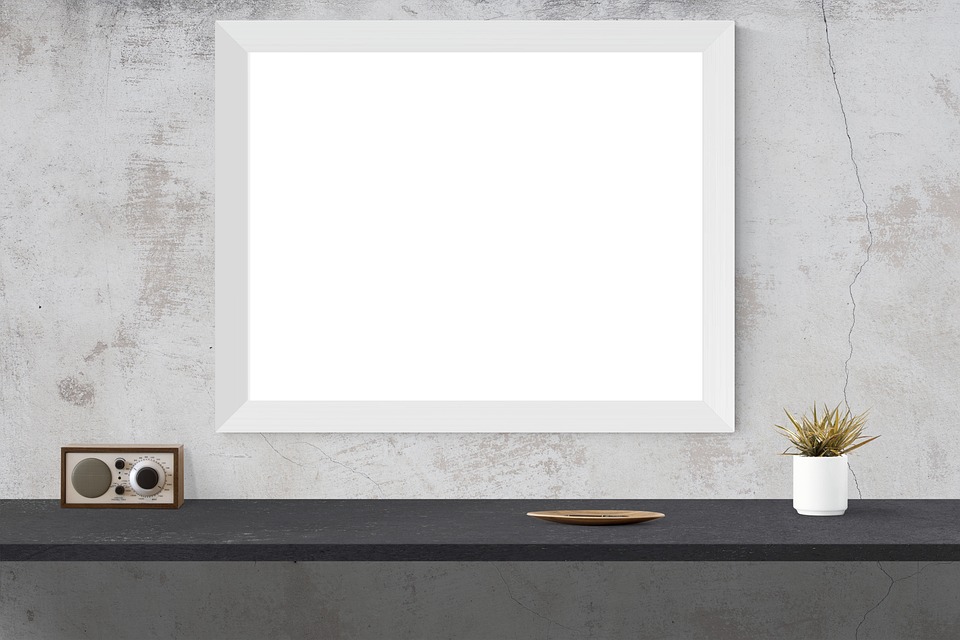
Questions like these mean the designer can iterate based on what feels intuitive for the user, rather than what feels intuitive for them. They’ll then prompt the users with questions like “what would you expect would be written here?” For paper wireframes, questions like “what would you expect to happen if you clicked on this button?” are equally enlightening. Without the distractions of color and typography, wireframes facilitate reliable and open input from the user.įor example, in digital wireframes (for mobile apps or websites) some designers will use Lorem Ipsum, a pseudo-Latin text that acts as a placeholder for future content. Often, when a product seems too polished, the user has a heightened sense of awareness surrounding the effort and resources that have played into its creation, making them less likely to provide honest feedback. Conducting user testing during the wireframing phase is incredibly useful for the designer, as it means they can harbor honest feedback that helps to establish the product concept. Rather than focusing on the product’s look and feel, the main purpose of a wireframe is problem-solving. A wireframe traditionally only uses black, white and grey, and can either be drawn by hand or created digitally.Īs wireframes turn abstract ideas into tangible concepts, they’re most relevant in the initial stages of the product design process. Wireframes provide a clear outline of the page structure, layout, information architecture, and overall direction. What is a wireframe?Ī wireframe is a basic, low-fidelity representation of the initial product concept, containing the essential elements that would feature on a webpage or app. The mockup is the skin, hair, and facial features, or brand, that make the human instantly recognizable. The prototype is the brain the organ that decides how the human should move and interact with those around him/her. The wireframe is the skeleton the barebone structure of the product. The human body is an oft-used and helpful analogy for introducing the different roles served by each.

You can learn more about user testing in this guide.Īlthough their fidelity-the level of detail and realism in the design-is most commonly understood as the main distinction between them, they are fundamentally different, and possess unique characteristics in terms of their design and function in the UX design process.

This is the foundation of good UX design. Conducting user testing at every iteration of the design from the earliest, most low-fidelity wireframe to the high-fidelity prototype, will result in a strong, well-rounded product that delivers value to the users. This user testing helps designers to gauge whether their product is appropriate for their target audience, exactly how users navigate and draw value from their product, for what purpose, and whether this meets expectations. They offer UX (and UI) designers the opportunity to conduct rounds of user testing at each stage of their design process.

Wireframes, prototypes and mockups form three of the earlier steps of a product development sequence.

Why are wireframes, prototypes, and mockups so important What are some of the most common wireframing, prototyping, and mockup tools?.Why are wireframes, prototypes, and mockups so important?.Time to dive into more detail about the differences: In this article, we’ll really get to grips with what wireframes, prototypes and mockups are, and take a look at what tools are needed to create each. But what do they actually mean? And are the three interchangeable? Wireframes, prototypes, and mockups are part of the daily vocabulary of just about any designer working in the digital world.


 0 kommentar(er)
0 kommentar(er)
